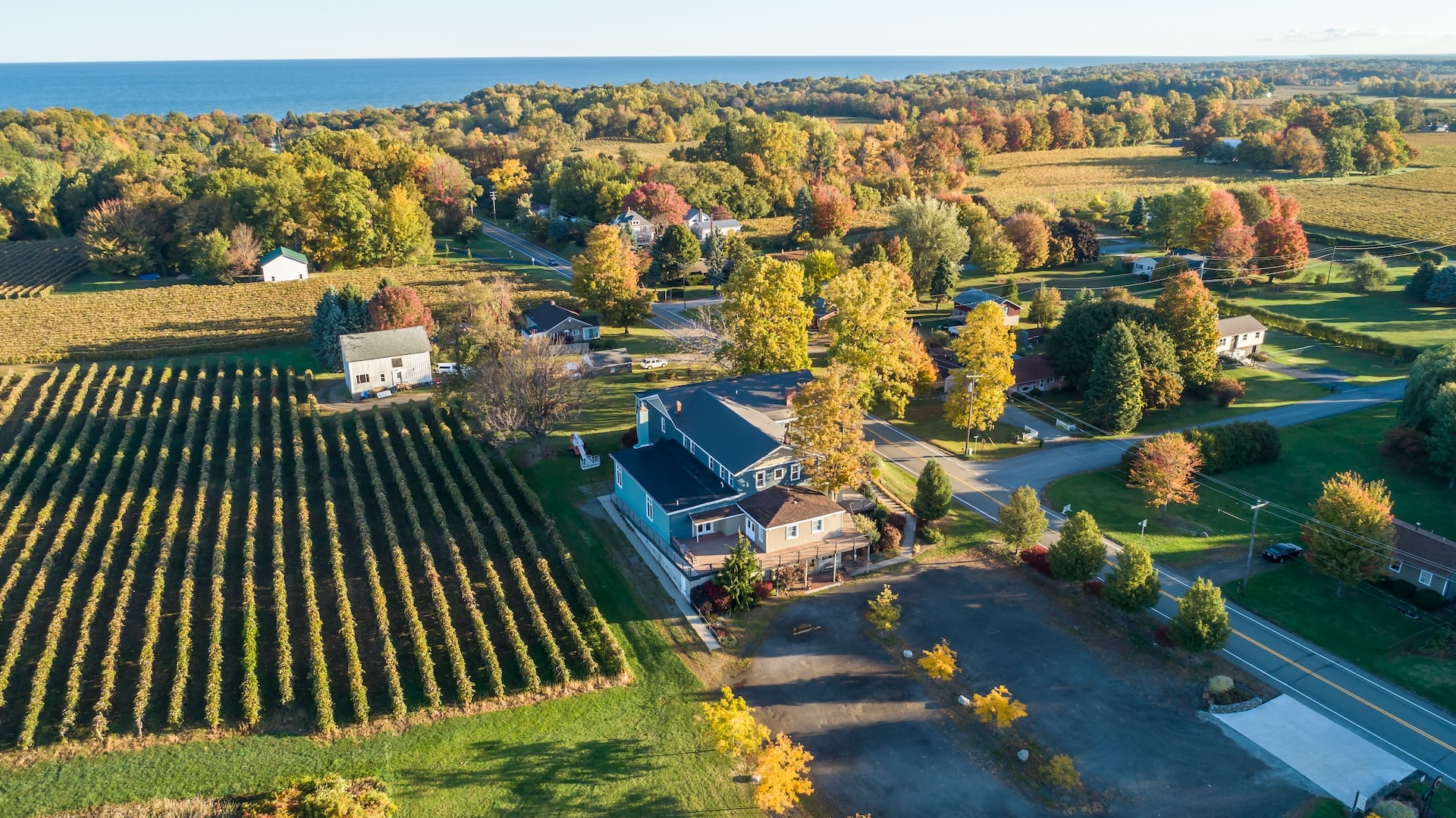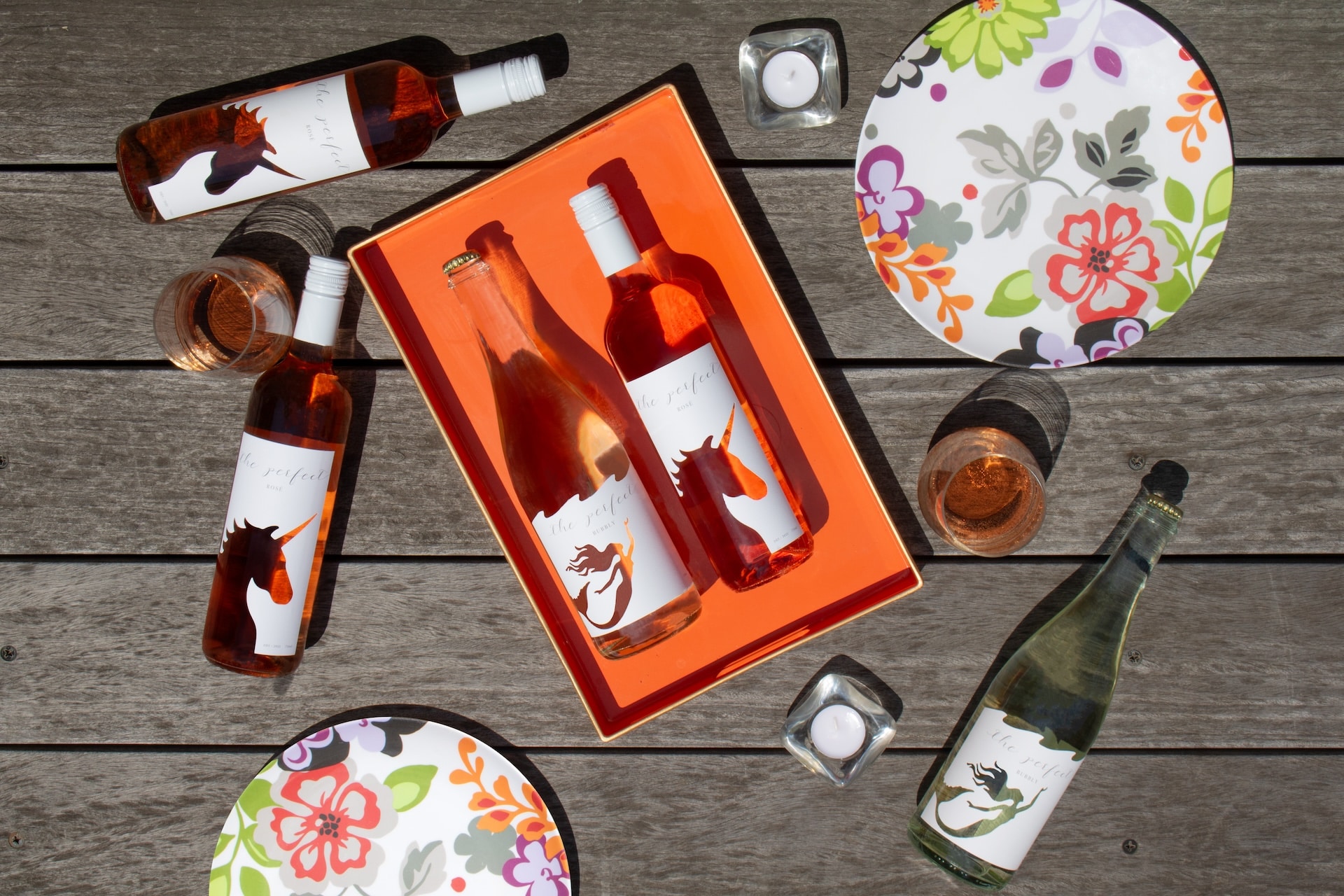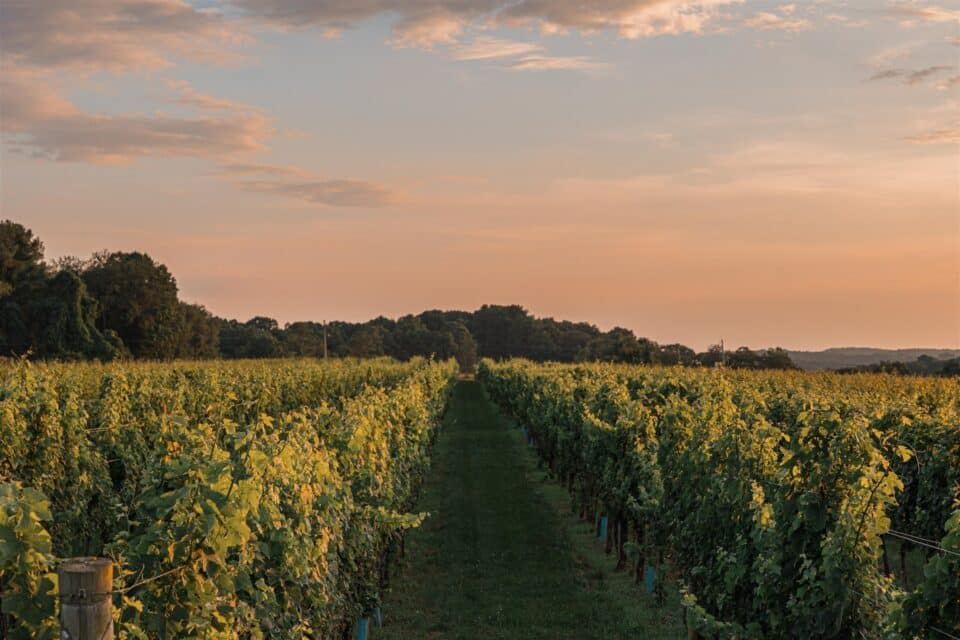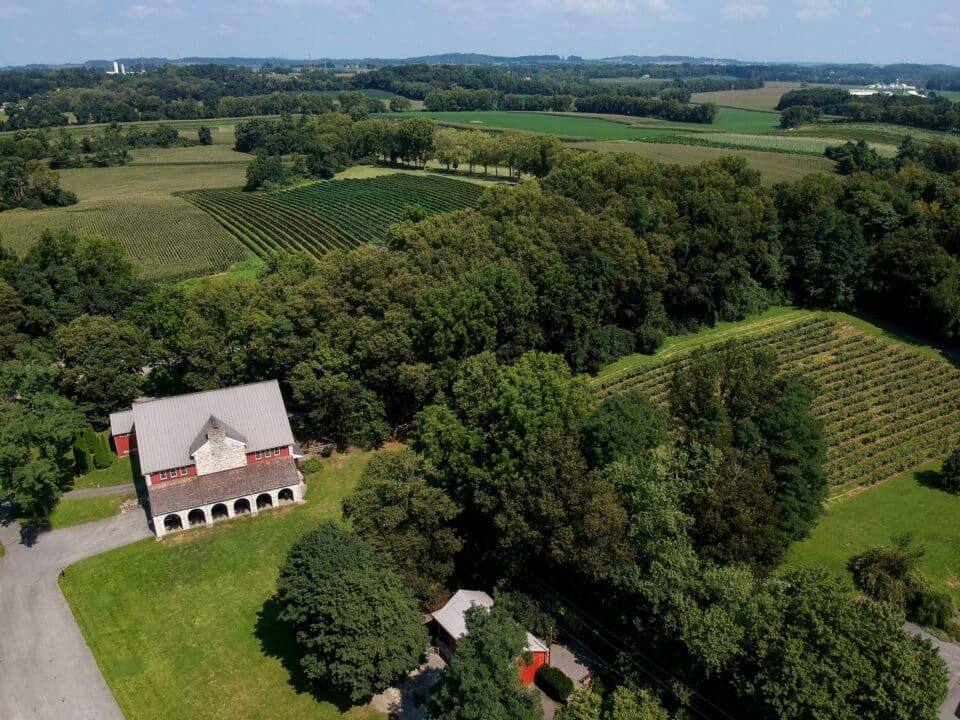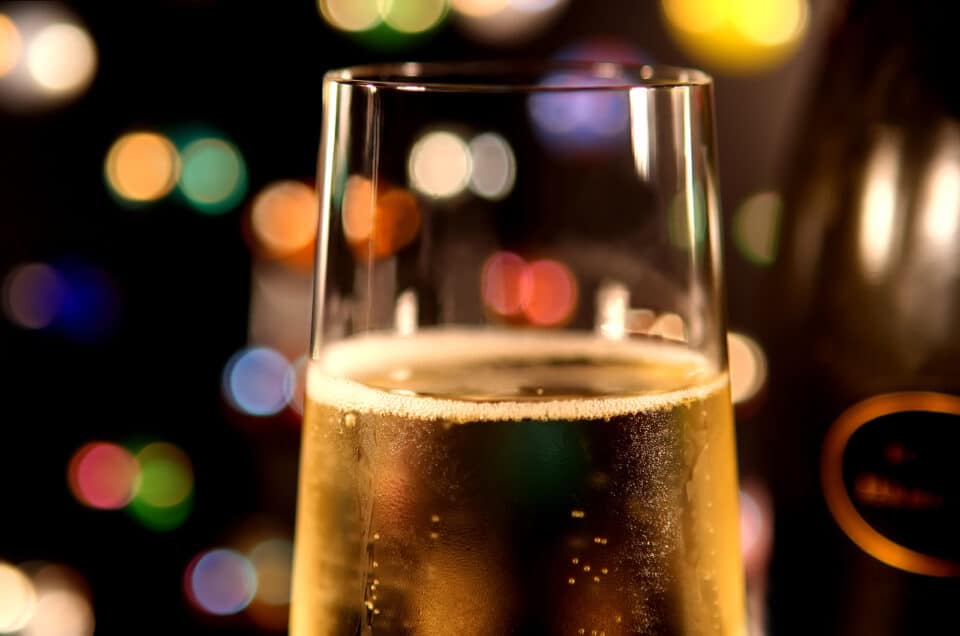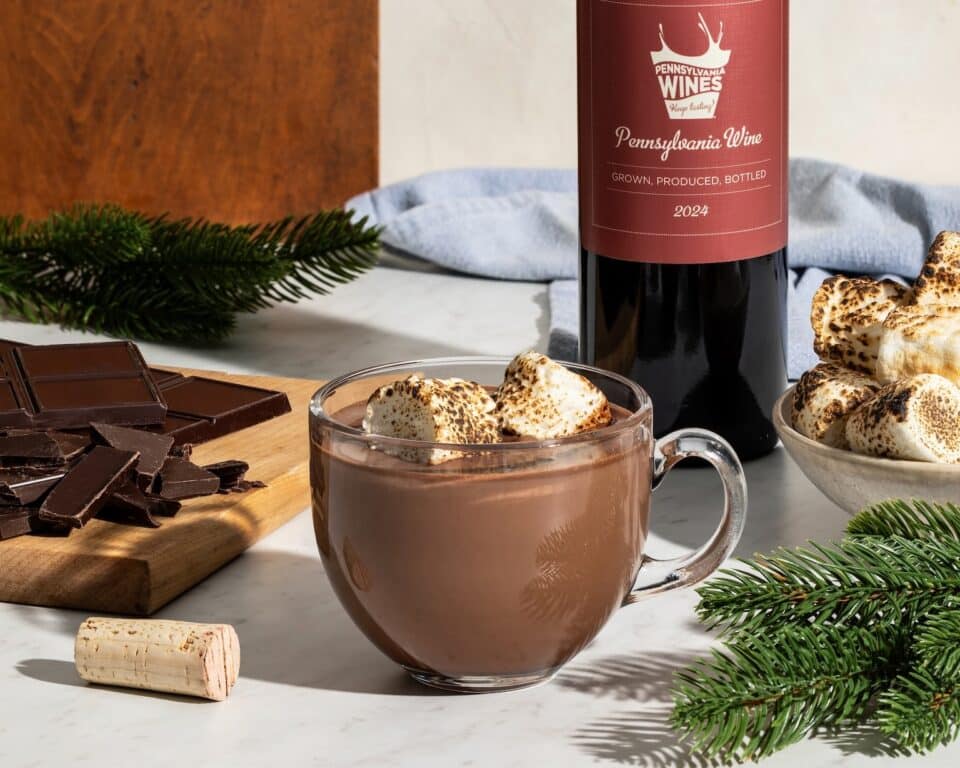Few wine trends have been as meteoric as that of rosé wine. The pretty pink vino took hold in the early aughts as a chic break from the norm, and the demand hasn’t slacked since. Rosé’s sudden and enduring popularity is easy to understand, with its diverse flavor profiles, high compatibility and enchanting hues, ranging from coral to pink and many tones between. Rosé wines combine the lightness of white wines and the depth of red wines perfectly. PA wineries continue to push Pennsylvania rosé wine quality to higher and higher levels, with national and even global recognition for the style.
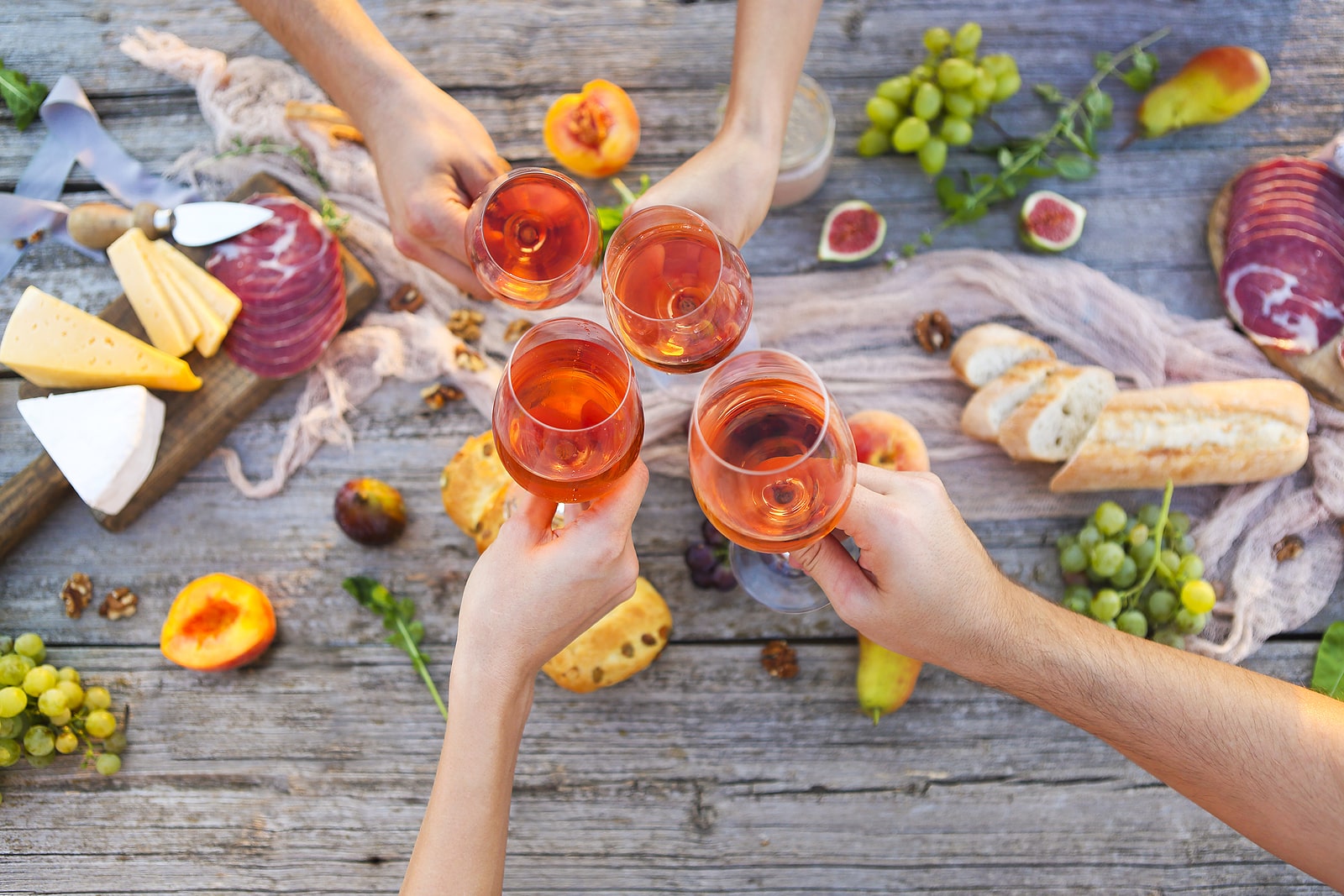
Rosé wine is made with red grape varieties such as Cabernet Sauvignon, Pinot Noir or Chambourcin. A rosé is “blush” only in color. With its nuance, complexity and semi-sweet and dry options, rosé wine is a far cry from the super-sweet, common table blush wines, like White Zinfandel. Winemakers are producing artful, elevated rosé wines across Pennsylvania.
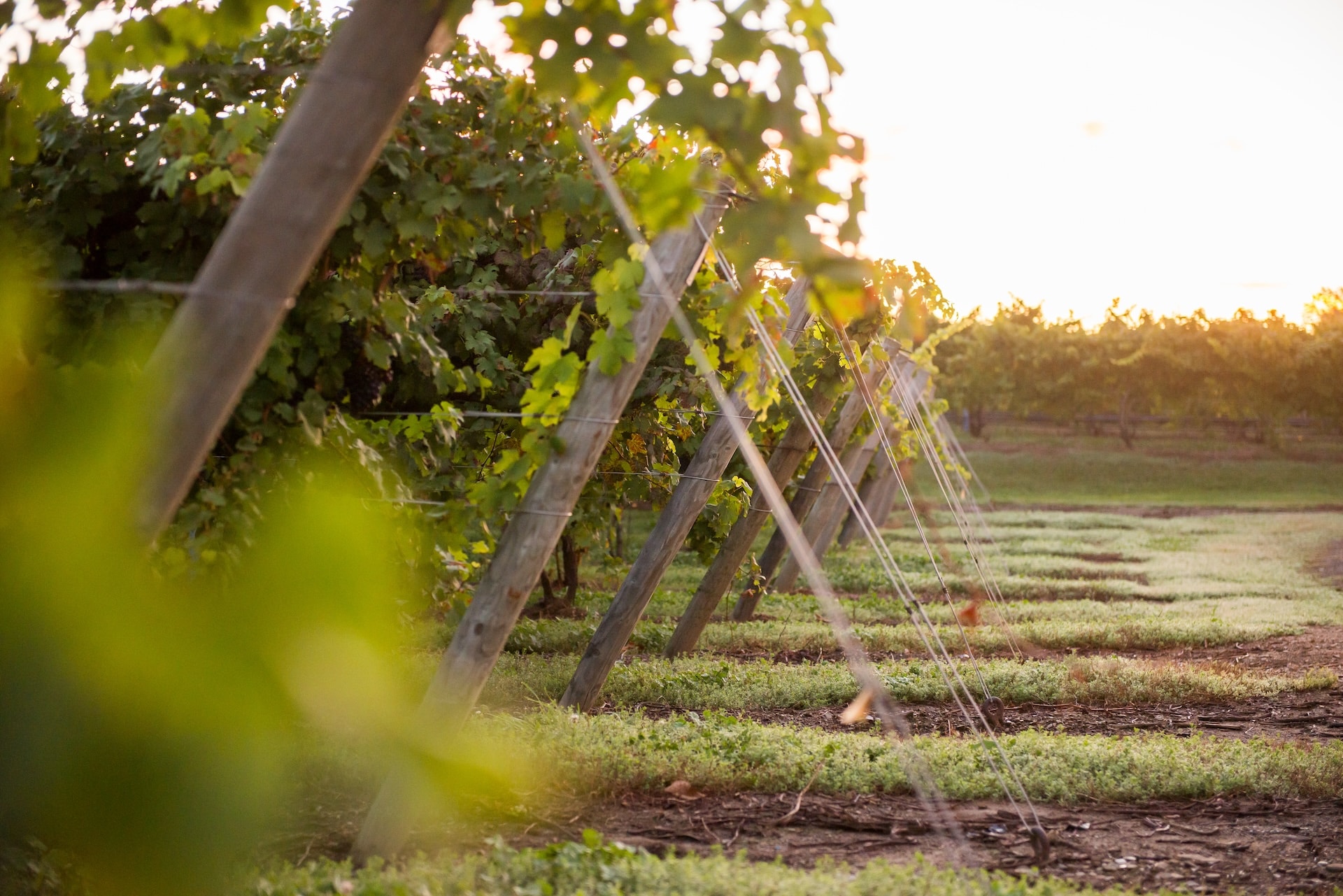
There are four general ways to make a rosé wine. Maceration involves harvesting and crushing red grapes, then leaving their skins in the maceration process for a limited time, like a couple of days. This gives the skins enough time to stain the juice pink, but not red, before the juice is drained away for fermentation. Similarly, the direct press method involves crushing red grapes, but keeping their skin out of the maceration process altogether for an even lighter hue. Saignée, or “bleeding,” is a method of taking some juice from a vat being used to make a red wine. This strengthens the red wine while giving the rosé some of the red grapes’ character. The lightly colored bled-off juice will then go through its own winemaking process to become rosé. The final method is blending, which is just what it sounds like. A bit of red wine is added to a white wine to achieve pink. This method is more common for sparkling rosés than rosé wines.
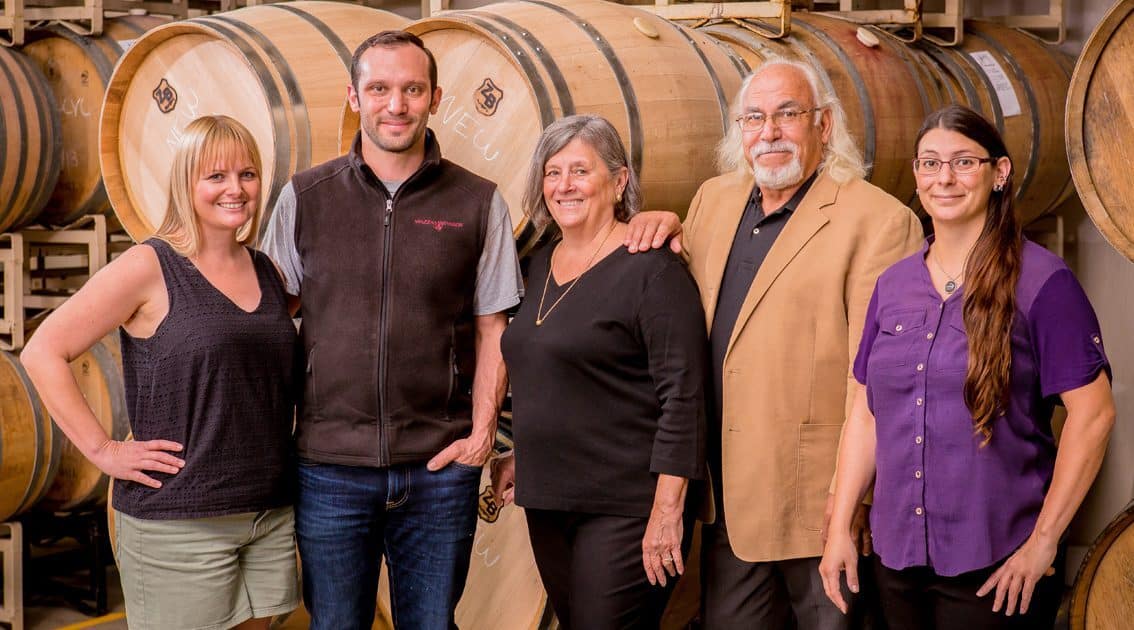
The Mazza Leadership Team including Mario, Robert and Vanessa Mazza
We spoke with Mario Mazza of Mazza, a wine, spirits and craft beer enterprise that, like rosé, has seen tremendous growth over recent years. Mazza began as a single vineyard in 1972 and now has 550 acres for grape and grain cultivation in North East and Erie, Pennsylvania as well as nearby Westfield, New York. Mazza’s portfolio includes The Perfect Rosé along with a number of other rosé wines with a variety of flavor profiles for all wine drinkers. Mario Mazza spoke with us about the process for making and selling fantastic style-forward rosé wines in Pennsylvania.
PA Eats: Can you take us back to the single Mazza vineyard in 1972? What went into its establishment, and how has Mazza evolved?
Mario Mazza: The short version is that my father and uncle started the business in 1972. Both were still in college when they got into it. My uncle had an interest in winemaking, and my father was interested in starting a business. It was the seventh winery in Pennsylvania at that point, so we’ve been in the industry a long time. I give a lot of credit to my father for helping to shape the Pennsylvania wine industry and getting it to where it is today.
We were exclusively wine-focused for our first 30-odd years of existence. It’s kind of crazy to say that now it’s been nearly 20 years since we delved into spirits as well. We started the spirit distillery in the early 2000s. My father saw new opportunities in New York before the craft distilling movement. He said, “By the way, I bought some property,” and I realized we weren’t going to just slowly talk about this. You’ve got to make a move sometimes. In 2007, we acquired and reopened the South Shore Wine Company. Around 2014, with our new facility in New York, we got into beer. So, we do wine, spirits and beer.
Mazza’s South Shore Wine Company
It’s been an evolution. I was studying engineering and heading in that direction when my father made the offer to work with him. Eventually, I had a change of heart and turned away from the corporate world. I saw the appeal of being your own boss and choosing your own destination. I love it. I don’t regret the decision.
My sister is involved, my wife is involved and my father is involved. It’s a true family business. After all these years, we still talk to each other and are civil, so that’s pretty good! It’s been a fun journey.
Our business has diversified, but it started as a wine company. At our heart, we’re a winery. We work very closely with our partners and growers. I don’t claim to be a viticulturist, but I know enough to be dangerous.
Chambourcin is the base for our rosé program. I’m not a big fan of it for red wine. It’s hard to get it to the point of ripeness for it to do well in Erie, like they can in the Lehigh Valley. We were doing contract rosé-making and they asked us to make it with Chambourcin and add sugar. We had a kind of realization that no one around was doing dry rosé. I had tried it elsewhere, in other countries, and realized, this is what rosés can be.
So we realized, ‘Hey, there’s a win here.’ We can take a variety that’s not well-positioned for red in this area, we can take it early, we can make a wine consistently that is a really great expression of the vineyard and terre noir here, and the growers are happy. Even in a tougher year, you can get it clean and pick it early. It’s very forgiving in that regard.
You are the top producer of wine in the state, with nearly 200,000 gallons a year. Can you tell us what it’s like operating at that scale?
Wine and spirits are our two main products. With spirits, there’s co-pack and the contract side, which is brands we co-own and produce for other people. On the wine side, we bottle and sell fresh juice and bulk wine. It’s an enhancement of what we already do with winemaking. So, we maintain a larger, more tech-savvy and skilled workforce and get better equipment because we’re serving a larger volume than just for ourselves.
A pro of this size and scale is that we get to touch and see a lot more things that we wouldn’t have touched or dealt with otherwise. It forces us to learn more things and develop our skill sets as an organization.
A con is that there are a lot more things to keep track of. For a midsize company, we are very complex. We’re very reliant on key team members. So, we’re working to create better systems and work through things to manage the growth, rather than the growth managing us.
It’s an evolving company and we’re looking at our vision for the future and structuring in ways that are predictable and repeatable, without sacrificing the art of winemaking. Quality and continuous improvement are imperative to what we do.
How long have you been making rosé wines? Can you tell us about the process of making it?
It’s been about a dozen years. In the past, we made pink wines that were sweeter. They have their place, but that’s not rosé.
We started with Chambourcin for a contract client. Then, Bare Bones was where we first started our rosés. We use Chambourcin for a number of products. We sample the grapes leading up to the harvest. When we get close to the time to pick, myself and others will be out in the fields sampling and doing the technical “Mario finger squeezie test” to see the color that’s developing. It’s very hard to keep that pale color.
There’s all this coordination and choreography around the pressed, Provençal style, where we’re making a few stews out of Chambourcin. The Perfect Rosé is the one we’re really striving with. We also use Chambourcin for Getaway, a canned rosé spritz. That’s the majority of our rosé.
We also make a saignée rosé. Every winemaker and assistant winemaker that’s worked with me, from six continents all over the world, has brought an influence. I don’t travel around the world anymore, but we can bring in people who enhance what we do. Two winemakers, Peter Szerdahelyi from Hungary, now at Saddle Hill, and Carolina Damiano Cores from Uruguay, were with me when we started making Chambourcin rosé.
For The Perfect Rosé, our winemaker Guillermo Lombardo, former winemaker Matt Herrara, and myself did a lot of dorky technical things in the winery that the average consumer might not care about, but wine geeks do. We were just making sure freshness, consistency and longevity for that rosé exists. You don’t want to rest on your laurels, but we’re really happy with it. People are impressed by that one. I’ve poured it for tasters and, when you tell them it’s made from Chambourcin, they say, “Wow.”
Are there other grapes you use for rosé, or primarily Chambourcin?
Chambourcin. For the past seven years, we have seen the potential for The Perfect Rosé to be a fairly sizable brand. We’re pursuing international distribution and laying the groundwork for the product in Denmark.
Chambourcin makes sense because it’s cost-effective, can be grown more consistently, yields more tons per acre, and is naturally more sustainable. It lets us be competitive. To offer a fantastic rosé for under $15 that scores 90 regularly? It’s hard for PA to crack into that. Other wineries are starting to, as well. Pennsylvania’s got to keep hammering away. Lake Erie has a lot of great potential. We have to keep banging down doors.
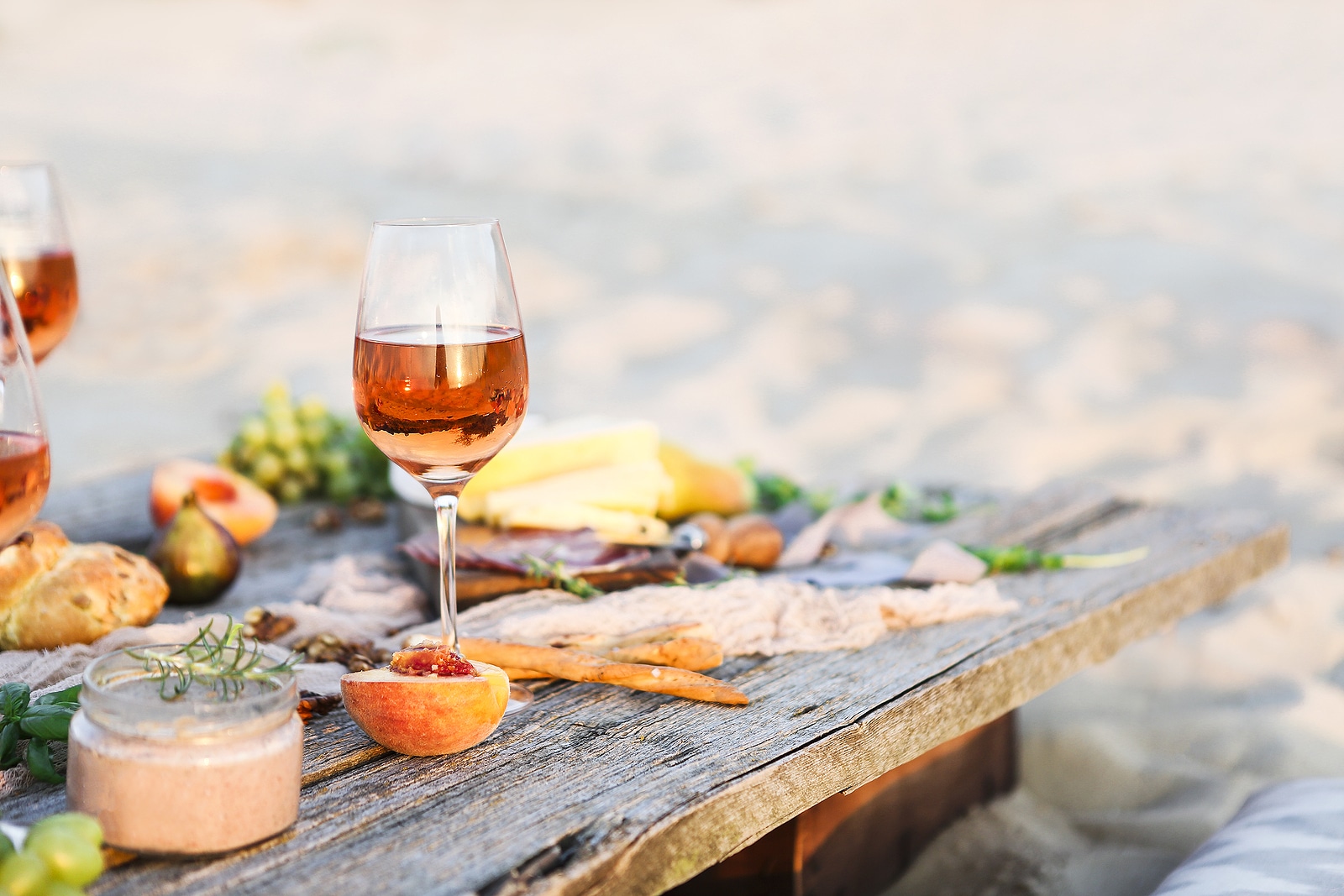
Rosé has become wildly popular in recent years. What do you think has contributed to rosé wine’s popularity?
Instagram. [Laughs] Do I understand what the drivers are? If I did, I’d probably be retired.
There’s an approachability to the wine and a food friendliness that I enjoy. For some people, it might be that you don’t have to be too serious. There’s wine culture and loaded press about some aspects of wine. Rosé offered another option.
I don’t think the influence of social media can be underplayed. There’s a photogenic-ness to rosé.
Staci Anderson, Creative Director at SWELL, created the Perfect Rosé brand. For the label, she had an idea and a vision. People are picking by a label, and she made it a little bit fun. It’s not marketed to the same, usual people, but to those who will carry the industry forward in the coming decades.
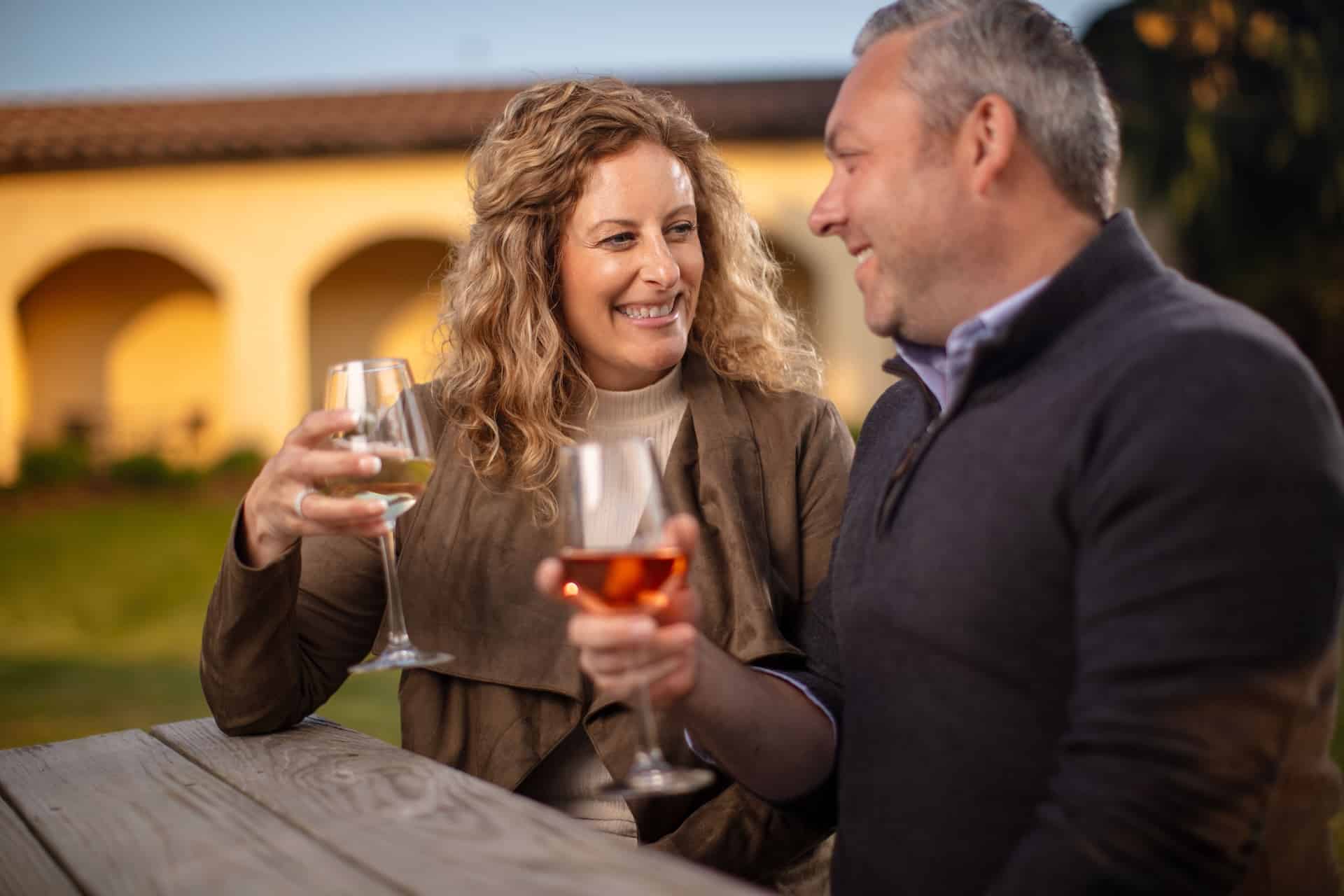
What do you think rosé pairs best with in terms of foods, flavors and seasons?
A lot of people used to push rosé as a summer thing. That’s passed. Rosé and sparklings are regular, weekday wines now. In Australia, where my wife is from, sparkling wine is available by the glass everywhere. It doesn’t have to be a special occasion. To say, “I like it, so I’m going to drink it regularly” is fair.
As far as marketing and creating an identity around The Perfect Wines, there’ll be a push, naturally, in the summer. But rosé pairs well with Thanksgiving, with Christmas — it works in any season. It’s very versatile with food.
These are naturally lower-alcohol, around 11%, and we brought the Getaway down under 10%, because we thought of consumers outside drinking in warm weather, and decided to make something that meets the consumer both where they are and where they’re headed.
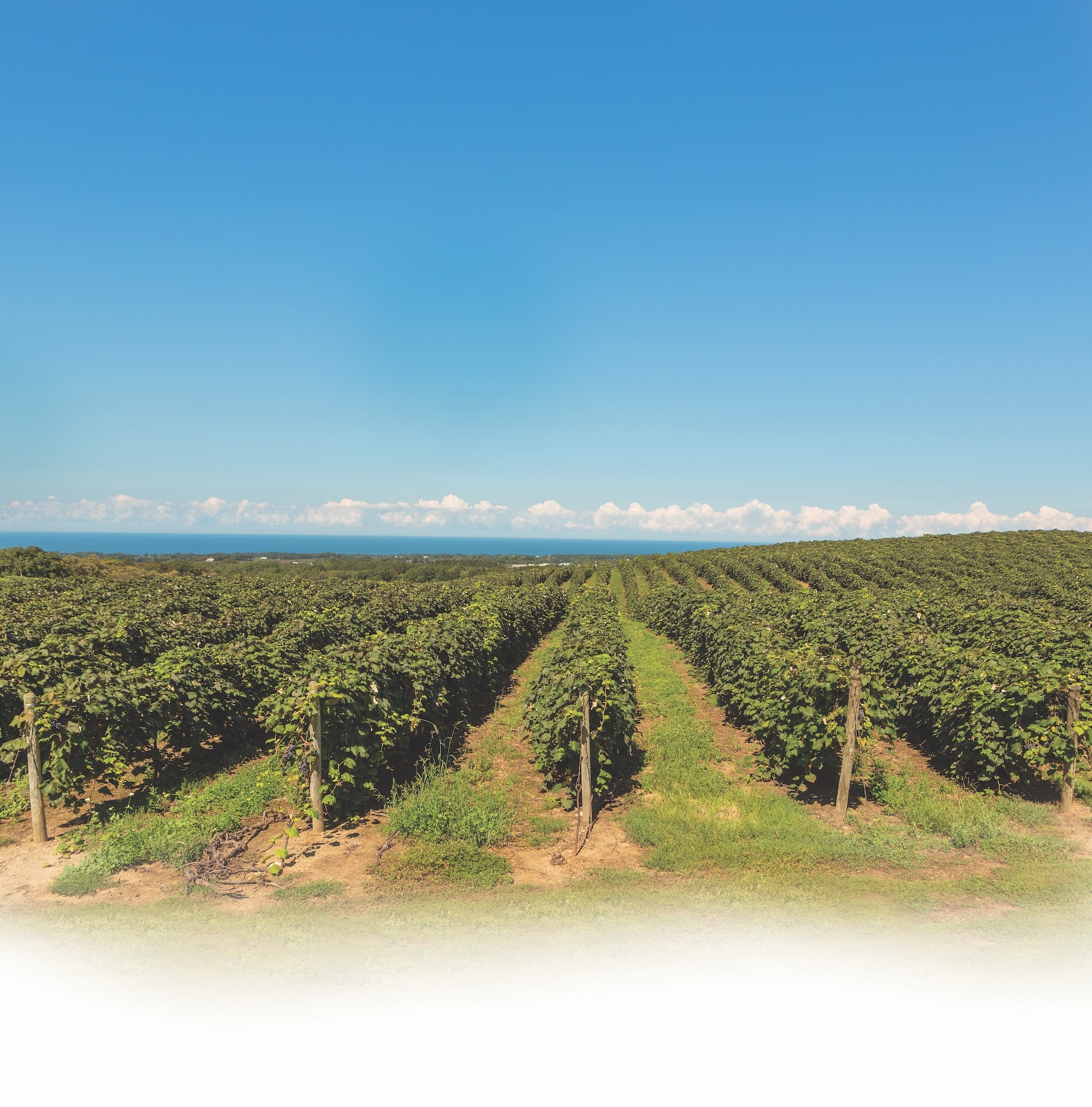
Mazza vineyards and Lake Erie
The Mazza family of brands offers numerous rosés, which you can peruse online:
- The Perfect Rosé is Mazza’s most popular rosé and a dry, crisp wine with delicate berry flavors and just a touch of sweetness at the finish. The Perfect Rosé earned a gold medal and a 95 point rating at the Decanter World Wine Awards, 20224.
- L’Anima or, “the soul” is a dry rosé produced in the saignée method.
- Bare Bones Rosé is a lovely, summery rosé with crisp acidity and gentle sweetness.
- South Shore Rosé and Lighthouse Point Rosé are sweet rosés made from a fruity blend of Niagara and Concord grapes.
- Pink Catawba is a sweet and fruity rosé made with the Catawba grape.
- Getaway Rosé is lower-alcohol bubbly rosé in a can, with notes of strawberry, raspberry and cherry.
You can follow Mazza Winery and the Perfect Wine portfolio on Instagram and visit its three Erie locations, all within about 15 minutes from one another along the Erie lake shore. Find Mazza Vineyards at 11815 E. Lake Rd., North East; (814) 725-8695 and South Shore Wine Company at 1120 Freeport Rd.; North East; (814) 725-1585.
The PA Vines & Wines series was created in collaboration with the Pennsylvania Wine Association with Round 8, Act 39 grant funding from the Pennsylvania Liquor Control Board (PLCB).
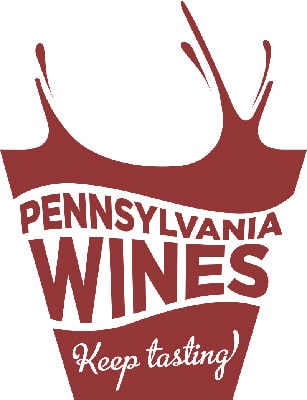
The Pennsylvania Winery Association (PWA) is a trade association that markets and advocates for the limited licensed wineries in Pennsylvania.
- Feature photo: Bigstock
- Mazza vineyards, leadership and wine photos: Mazza
- Other photos: Bigstock
